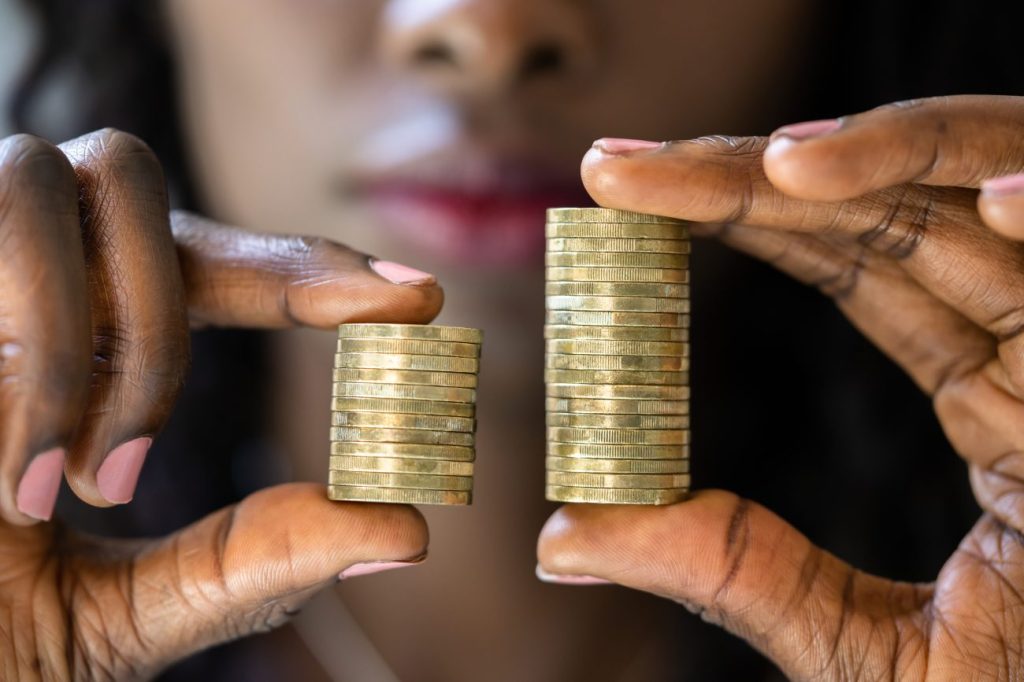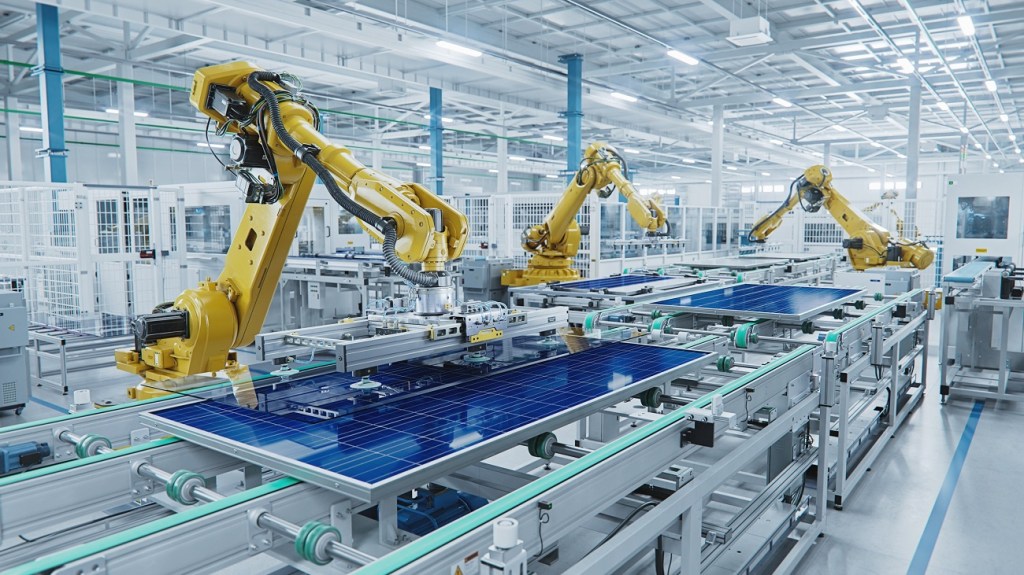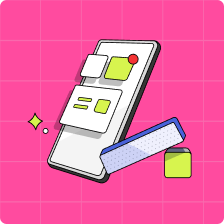Research shows that we first notice signs of inequality before our second birthday. By kindergarten, we’ve started protesting when we see that one person has more of something of value and another has less. While kids might not always insist on sharing everything equally, they can be spurred to take action when they think something is unfair, like someone being given more candy than you.
White it seems we develop a preference for fairness from a young age, what does that mean when we’re talking about the money and the economy? And why should you care about making our economy fairer for everyone?

What is economic inequality?
One definition of economic inequality is the unequal distribution of income and wealth. Sometimes people use the terms “income” and “wealth” interchangeably, but there are important differences between them.
Simply put, your income is how much money you make. Most people earn income through salaries or wages, though income may also include things like tips, job bonuses, earning interest on savings, selling goods, or renting out a property.
Income distribution in Canada—or any country—may be divided into levels that range from low to high, with the folks in the middle known as the “middle class.” At the lowest level are people who live below the poverty line, which means they don’t have enough income to pay for food, clothing, shelter, and other basic necessities. At the very top are “the one percent”—households that earn more income than the other 99 per cent of the population.
Think of wealth as a big piggybank that holds all the money a person or household has saved, as well as financial investments and assets—items that could be sold, like a car or house. If you lose a job or have unexpected expenses, the contents of your piggybank can keep you afloat until your financial situation gets better. You can add to your wealth over your lifetime and pass it on to someone after you die.
Like income, wealth distribution in Canada spans a range of levels, and unsurprisingly, people with higher incomes often have higher levels of wealth. When someone earns more than necessary to cover their needs, the extra income can be saved, invested, or used to purchase assets. Those who earn just enough to pay the bills have no leftover income to build their wealth, leaving them without a life raft if they fall on tough times.
Read more: What is financial health and why is it important?
What are some examples of economic inequality?
Economic inequality isn’t just about the numbers on a bank statement. It’s about millions of people experiencing economic advantages or disadvantages that affect every aspect of life.
For example, lower income earners often live in neighbourhoods that have fewer public spaces, fewer grocery stores, and more crime. They’re more likely to rent their home instead of owning it, to live in poor quality housing, and to have long commutes to work. As temperatures rise from climate change, lower income households in urban areas are vulnerable to heat-related illnesses, thanks to microclimates that reach higher temperatures and the cost of buying and running an air conditioner. As well, many low-income people don’t have cars, which can add to the difficulties of accessing important services, such as healthcare.
These and other challenges faced by low-income households are only half the story. The other half is about the likelihood that someone will move from a lower income level to a higher one over their lifetime. The less equal a country, the more challenging that can be.
What makes a country more or less equal?
To determine how equal a country is, economists examine the differences between the top and bottom levels of income and wealth.
Picture the wealth owned by everyone in Canada as a gigantic pie. Now, imagine the pie has been cut into five pieces, each representing a different a level of wealth. The richest citizens get the biggest slice—or “share of wealth.” Statistics Canada reports that while this group makes up just 20 per cent of the population, their slice would be a whopping 67 per cent of the pie.
The slices representing the two lowest levels of wealth are so small that you’d have to push them together just to see them clearly. These two tiny slivers represent 40 per cent of the population yet take up only 2.5 per cent of the pie.
This difference between the highest and lowest levels of wealth is known as the “wealth gap,” and it widens when the wealthiest people increase their share. Likewise, the “income gap” widens when the incomes of the highest earners increase at a faster rate than the lowest earners’. The wider these economic gaps become, the less equal the country.
Read more: The gender pay gap explained for kids and teens.
According to the Organisation for Economic Co-operation and Development (OECD), which tracks economic equality across 38 countries, Canada has slightly better-than-average income and wealth inequality. Given that inequality has increased across OECD countries over the past few decades, however, better than average doesn’t mean good.
Why does inequality matter?
Not everyone agrees that inequality is a problem that needs to be solved. Some people believe that it’s more important to reduce poverty than to worry about the gap between rich and poor. But greater equality benefits more than just the poorest citizens. For example, more equal countries tend to invest more in education, health, and childcare, which can improve quality of life across economic levels. Crime rates are often higher in less equal places, and more equality can help limit the power and influence of the very rich in politics and the media.
Perhaps most importantly, research presented by the World Economic Forum and other major organizations shows that kids growing up in more equal countries have a much better chance of upward mobility, meaning moving to a higher economic level from where they started. In other words, economic equality helps create equal opportunity.

What are the causes of economic inequality in Canada?
Over the past 40 years, the economies of Canada and other OECD countries have undergone major changes that widened income and wealth gaps.
Automation
Throughout our history, humans have been on a relentless quest to invent new tools, devices, and systems that make our lives easier and more productive. Innovation can bring about new industries that provide lots of jobs—but it also eliminates them. Just as we no longer need switchboard operators to connect our phones, we’re now turning to artificial intelligence and other technologies for a wide range of services.
Replacing human labour with machines and technology is known as automation, and it has been accelerating over the past few decades. Workers with less training and education have suffered the most job losses to date, but more recent waves of automation have impacted workers across skill levels and industries.
Globalization
Globalization refers to businesses and organizations expanding their operations to an international scale. One form this may take is manufacturing products overseas—most frequently in Asia, where labour costs are typically lower. This outsourcing of labour has helped lift millions of people around the globe out of extreme poverty while lowering the prices of some goods, but it also took a bite out of the job market in many countries.
Financialization
Every country’s economy has a financial sector that sells financial products and services, such as mortgages, insurance, and wealth management. Financialization is the process of this sector becoming larger and more influential relative to the rest of the economy. One reason for financialization in OECD countries is governments loosening regulations around financial activities, giving rich individuals and businesses more chances to make money. This has hugely boosted the incomes of top earners—and helps widened the income gap.
Discrimination
Marginalized groups suffered discrimination long before the growing inequality of the past forty years, but economic gaps amplify the impacts. As well, marginalized groups are more likely than the rest of the population to experience disadvantages that make life tougher for anyone, such as growing up in a poorer neighbourhood.
One of the most persistent forms of discrimination is the “pay gap”—paying someone less than others for the same job because of their gender, race, or another aspect of their identity. The pay gap between Indigenous and non-Indigenous peoples is particularly complex because it varies so significantly in different parts of the country. According to the 2021 census, for example, the median income of Registered Indians living on reserve in Saskatchewan is half that of the non-Indigenous population. In Newfoundland and Labrador, the gap has nearly closed.
Your sexual orientation can also affect your earnings, according to Statistics Canada, which reports that heterosexual people have higher incomes on average than queer individuals. 2SLGBTQ+ people have double the risk of experience homelessness or housing insecurity, while working-age people with disabilities are twice as likely to sink below the poverty line as people without disabilities.
Read more: Financial issues that impact queer teens

What can be done to close the wealth gap in Canada?
Countries that are more equal have something in common: governments that prioritize programs and policies aimed at reducing inequality. They invest in things that improve their citizens’ quality of life and support upward mobility, such healthcare, education, affordable housing, paid parental leave, and public transit. They also create laws and regulations designed to protect workers and vulnerable people. For example:
- Anti-discrimination laws that protect marginalized groups in the workplace
- Labour laws that prevent workers from being exploited
- Minimum wage laws that keep families above the poverty line
How do we pay for all that? There’s no getting around it: equality-promoting investments require a tax system designed to redistribute income and wealth from the top down. It takes a lot of political will to make everyone pay their fair share.
The good news is, you don’t have to be old enough to vote before you take action. Learn more about your elected representatives, as well as candidates running in the next municipal, provincial, and federal elections. What do they care about? What policies, laws, and budget items are they promising? You can support political candidates by attending events, sharing their platforms on social media, and encouraging people to vote. And you can raise your voice by writing to elected representatives and candidates or joining a government youth advisory council (or campaigning to create one).
Is it inevitable that economic inequality will continue to grow? Absolutely not. Ordinary Canadians, including teens, have the power to shape the policies, programs, and attitudes that promote a more equal economy and society. Keep learning about inequality and you’ll be able to help forge a path towards a fairer future for everyone.
Download Mydoh and help build the foundation of financial literacy for your kids and teenagers.
This article offers general information only and is not intended as legal, financial or other professional advice. A professional advisor should be consulted regarding your specific situation. While the information presented is believed to be factual and current, its accuracy is not guaranteed and it should not be regarded as a complete analysis of the subjects discussed. All expressions of opinion reflect the judgment of the author(s) as of the date of publication and are subject to change. No endorsement of any third parties or their advice, opinions, information, products or services is expressly given or implied by Royal Bank of Canada or its affiliates.







